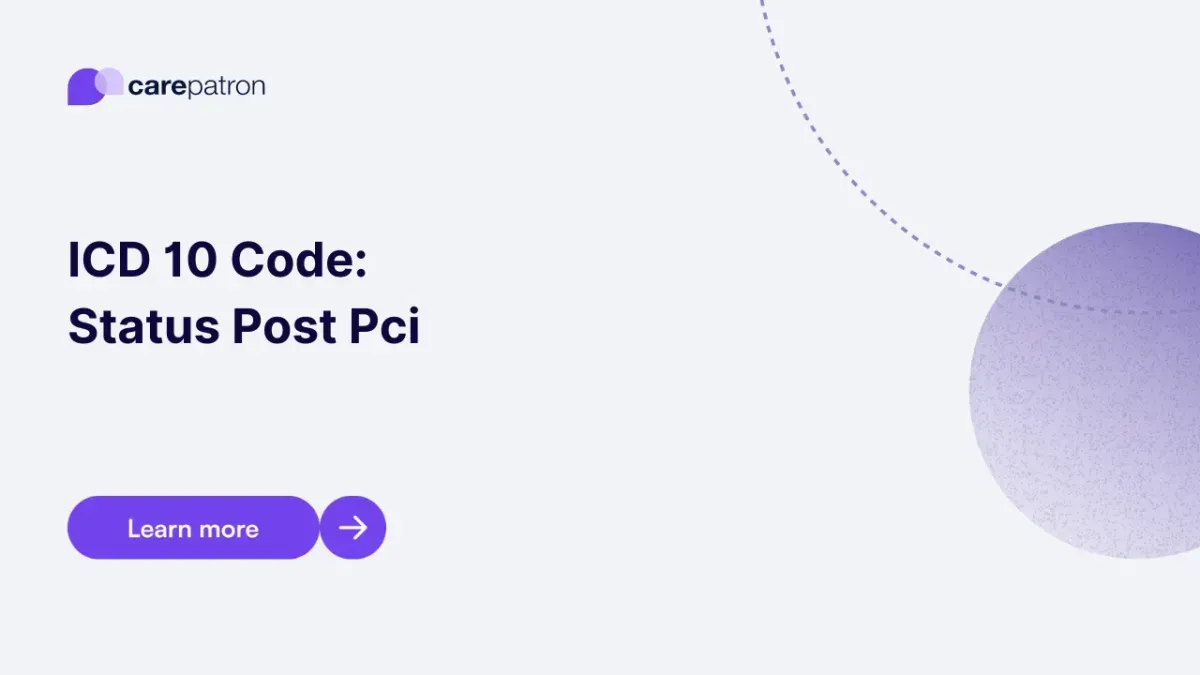
Status Post-PCI ICD-10-CM Codes
Learn about the status post-PCI ICD-10-CM codes you can use through this guide.
Use Code
Commonly asked questions
These codes document patients who have previously undergone a PCI procedure or have a related device/implant.
Post-PCI treatments include medications like antiplatelet agents, statins, and lifestyle modifications like diet and exercise.
It indicates that the patient has previously undergone a PCI procedure or has a related device/implant.
EHR and practice management software
Get started for free
*No credit card required
Free
$0/usd
Unlimited clients
Telehealth
1GB of storage
Client portal text
Automated billing and online payments
